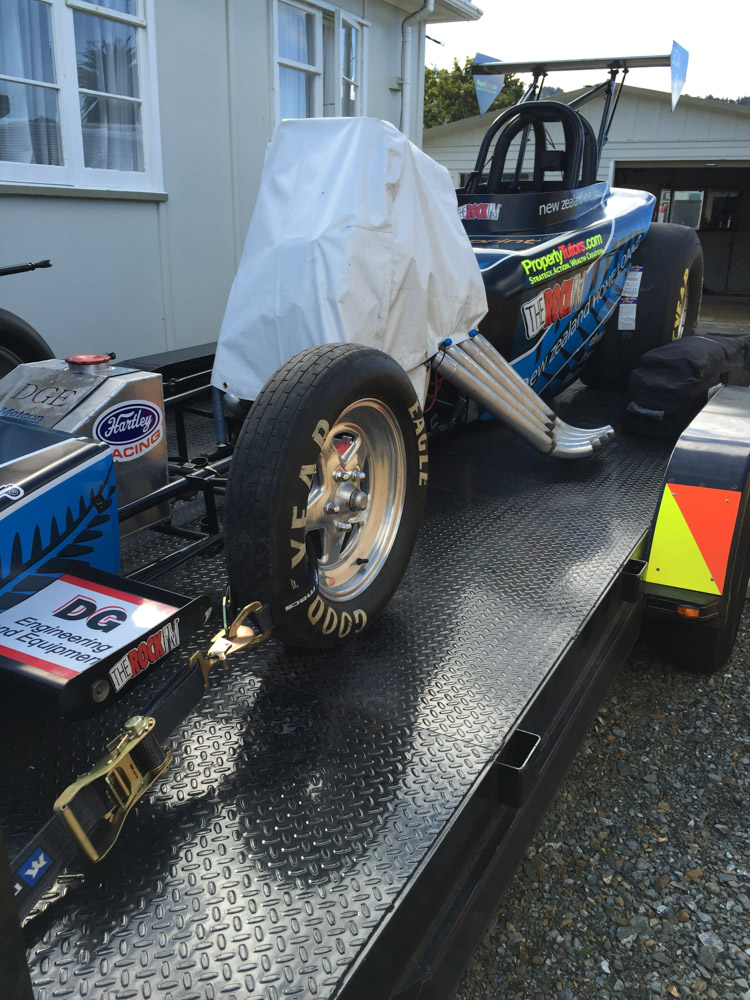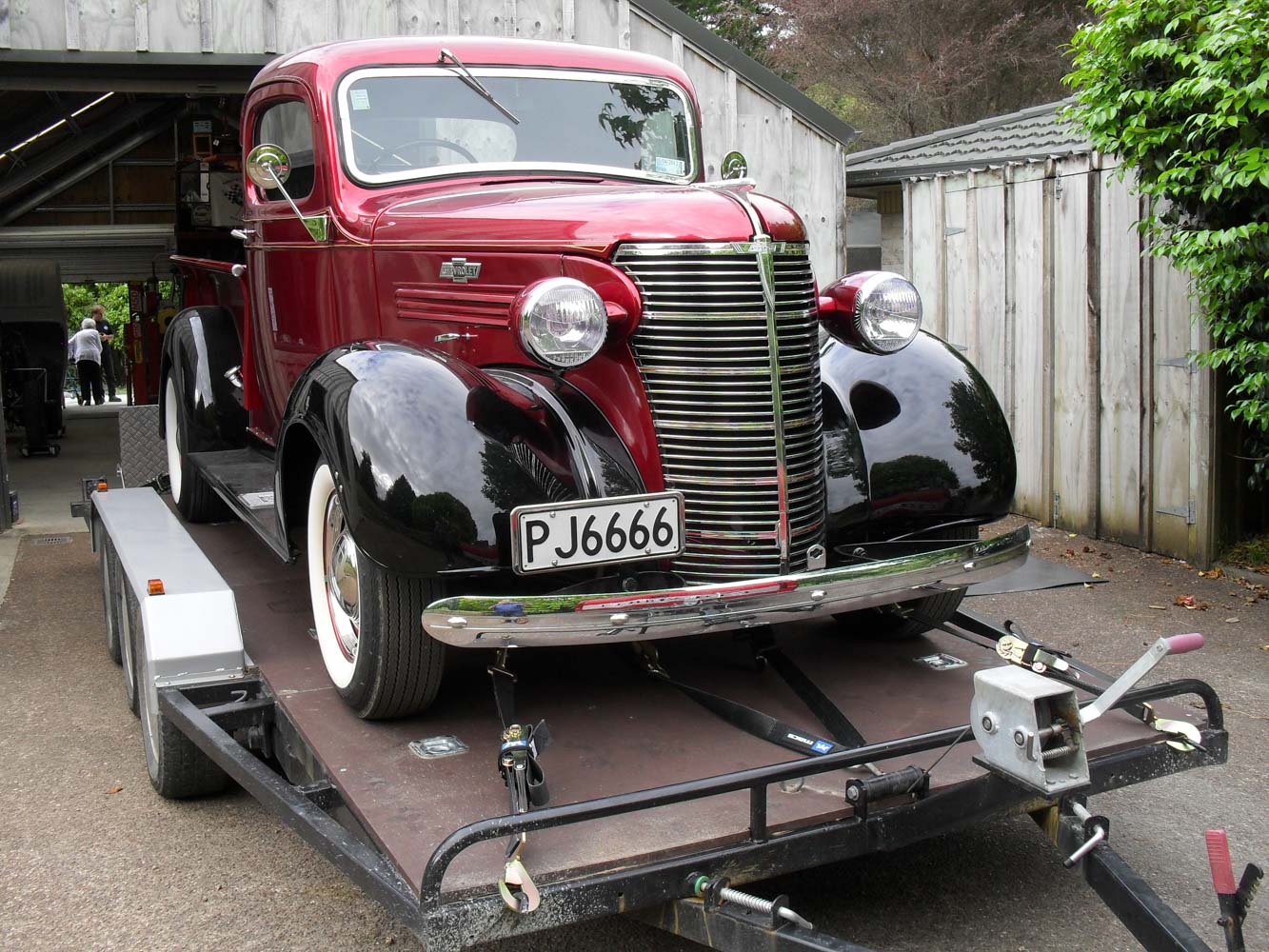Ian and Graeme McNeill are two commonly heard names in the local hot rodding scene, and for good reason. The two brothers are the faces of Mac’s Equipment and Mac’s Speed Shop, respectively — an almost fairytale pairing comprising high-quality automotive tools and equipment, and high-quality automotive fabrication and construction.
And although it was never planned from the start, things just so happened to work out that way. Both Ian and Graeme grew up with an early interest in old Fords, that began with sharing driving and mechanical duties on a Ford Model A pickup. This quickly evolved into a succession of Ford V8 coupes and sedans, starting two lives and careers firmly entrenched in all things hot rodding.
While Ian left school to follow a predominantly product sales–based career, Graeme completed an Advanced Trade Certificate in electrical engineering. So, as Ian expanded his experience with product management, engineering equipment, and marketing — including a post-graduate Diploma in marketing — before setting up Mac’s Equipment in 2010, Graeme gained experience in production-line maintenance and engineering, culminating in the formation of his own business — Mac’s Speed Shop, fabricating hot rods and custom hot rod parts.
Now, with Mac’s Equipment sourcing quality tools and equipment, the quality workmanship to come out of Mac’s Speed Shop is the perfect way to showcase both brothers’ abilities.
“We’ve actually powered through a bunch of Eastwood TIG [welders], because Graeme uses them in the shop and can show customers how to use them, and the results they can achieve,” Ian mentions, although sometimes it’s actually the smaller and less expensive equipment that can teach people the most.

An example of this is in vehicle tie-downs. “It always surprises me when guys who have spent $100–200K on their cars come to me and start raising objections about tie-downs that cost $300–400,” says Ian. “We can even tailor a tie-down kit to suit your particular vehicle.” Investing in a proper vehicle fastening system is one of the best forms of insurance you can take out, and it’s isn’t hard, nor expensive in the grand scale of things. “
We pushed Ian for more info on this, seeing as it’s something he deals with on a regular basis, and he showed that he has plenty of knowledge on the subject. “It amazes me that there is not mandatory requirement for four-point fastening here like there is in Australia and the USA,” he says. “The onus is on the driver to secure the load.” This leaves room for both poor fastening techniques and poor-quality fasteners. So, what can be done about that?
Basically, if you’re using a transporter trailer, be mindful that there are countless wrong ways and only a handful of right ways to tie your car down. First and foremost is the method of doing so. The ideal way to tie the vehicle to the trailer is either through the wheels or over the wheels, allowing the vehicle’s suspension still to move. If you strop down using sprung components — i.e. diff or subframes in a car that has lots of suspension compression — the strops will de-tension over any bump, allowing the car to move. If the strop goes over the wheels, the danger is of the tyre going flat and the strop falling off. That is why having a strop on each wheel is advisable.

The other important factor — and one that is frequently overlooked or forgotten — concerns load rating. When selecting the size and rating of the strop, you need to take into account the forces that will be applied to it. Say you have four strops — one on each corner — only two of those strops are ever going to be stopping the vehicle at one time, while the other two will be de-tensioned. To calculate the load, you must multiply the car’s weight by 3.3 — for example, if it is 1000kg, that means 3300kg of force. Divide this by two — meaning 1650kg per strop. Now. if you’re only using two strops, each of these will need to handle the 3300kg.
Of course, one of the safest ways to do so is with tie-downs that have been purpose-designed with all of these factors in mind — something the Rattla Motorsport team stand behind, with an ongoing relationship with Mac’s Equipment. The current Rattla star is Chris Allen’s ‘RATTLM’ Shelby GT500 drift car, piloted by Shane Allen — which you can read about in the NZV8 Issue No. 141, on sale from December 26, 2016 — which is transported to events throughout New Zealand, where a high-quality fastening system is invaluable.
Ian and Graeme have travelled to the States, to build relationships with vendors and manufacturers at SEMA, as well as the Mac’s USA team, who manufacture the equipment in-house in Idaho. “They’re a small business, like us, so quality is important, and we’ve got the exporting down-pat now.”
You can see more of the Mac’s Equipment range by visiting macsequipment.co.nz.




